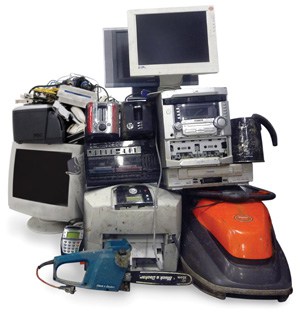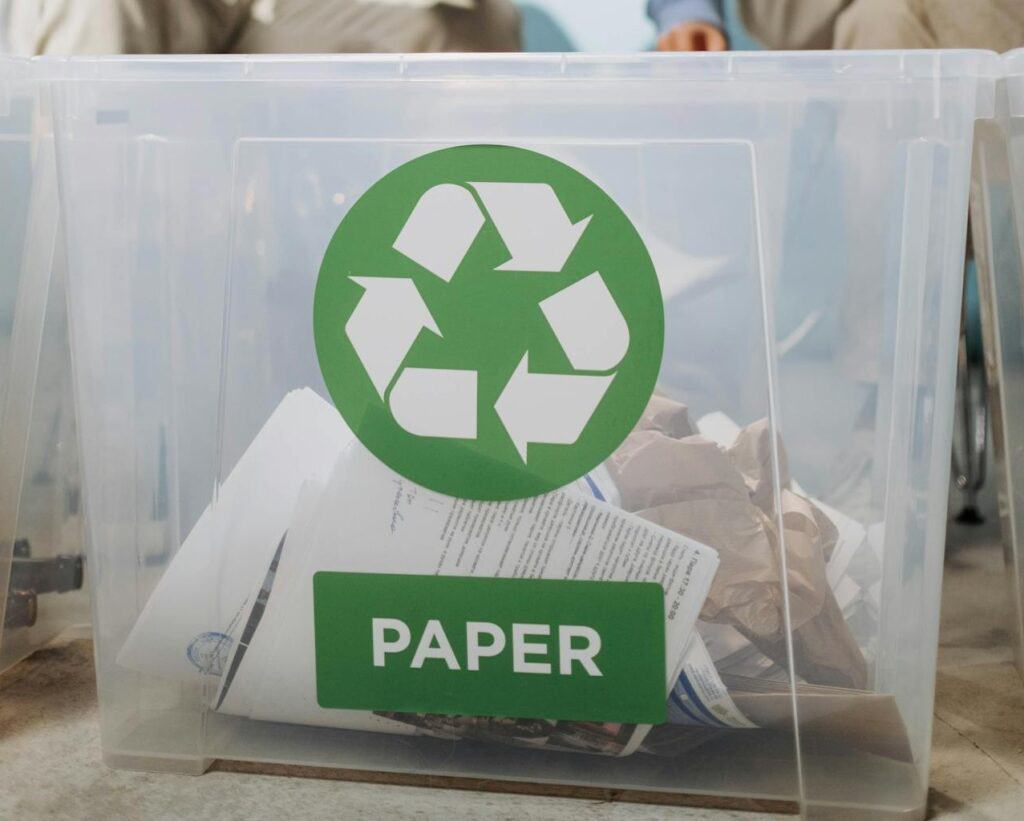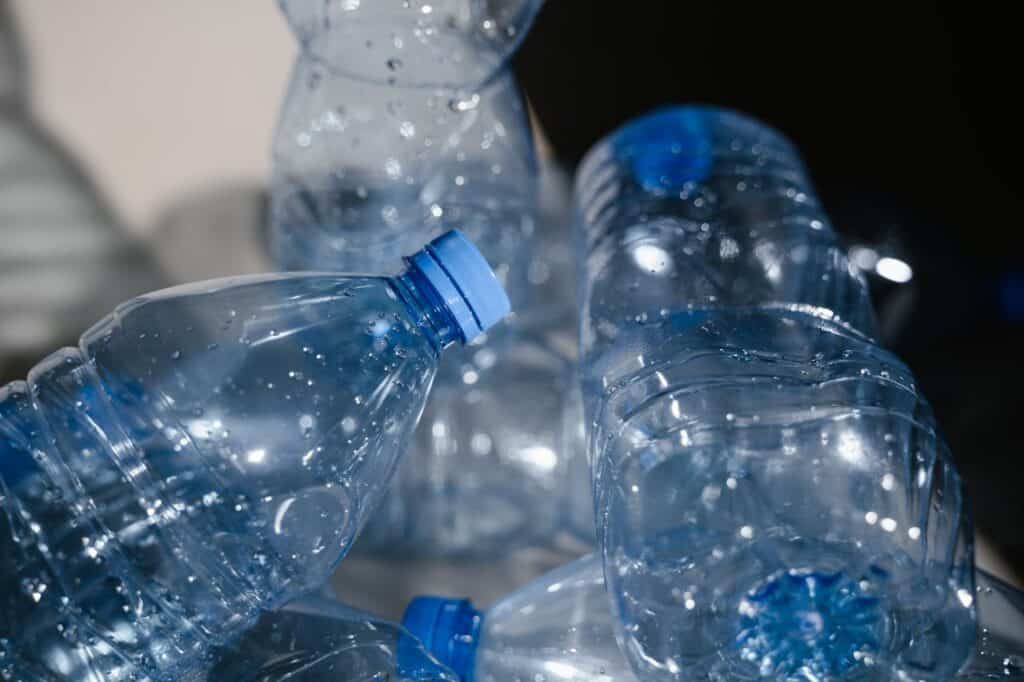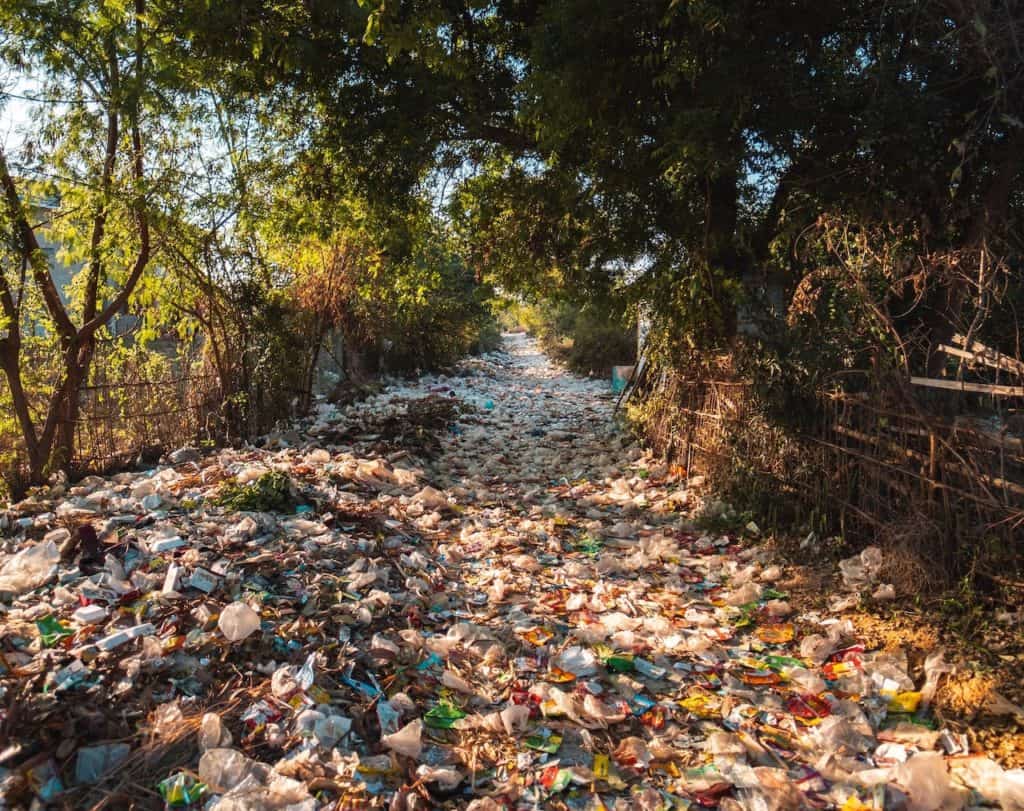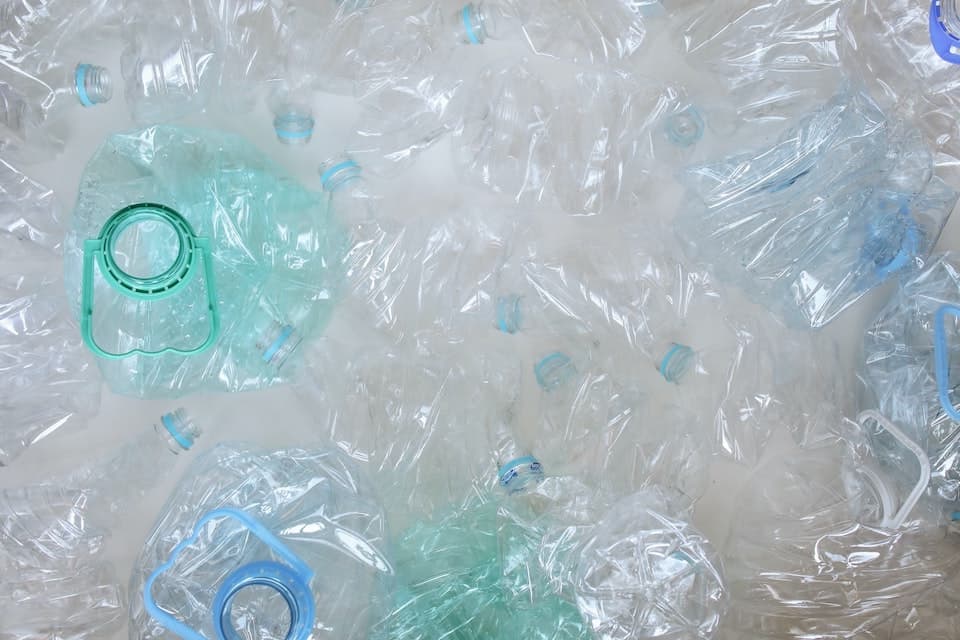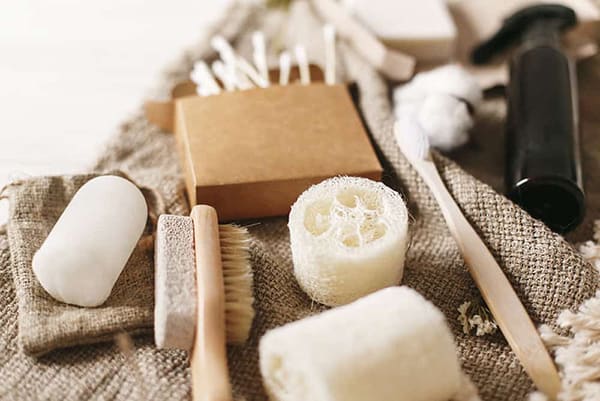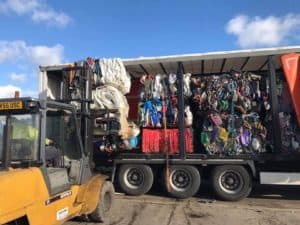As part of the Waste Electrical and Electronic Equipment Regulations (or WEEE), which has been in effect since 2007, recycling centers and services across the UK have been doing what they can to recycle electronic and electrical waste.
With over a million tonnes of electrical goods produced every year, let’s take a look at what we can do to reduce our electronic landfill waste, and to ensure that the reusable resources within our electronic find another use.
What’s recycled under WEEE?
Essentially, most household electrical goods and electronic devices can be recycled in full or in part when following WEEE. Their regulations cover the following:
- Large household appliances e.g. fridges, cookers, microwaves, washing machines and dishwashers
- Small household appliances e.g. vacuum cleaners, irons, toasters and clocks
- IT and telecommunications equipment – e.g. personal computers, copying equipment, telephones and pocket calculators
- Consumer equipment e.g. radios, televisions, hi-fi equipment, camcorders ad musical instruments
- Lighting equipment e.g. straight and compact fluorescent tubes and high intensity discharge lamps
- Electrical and electronic tools – e.g. drills, saws and sewing machines, electric lawnmowers
- Toys, leisure and sports equipment e.g. electric trains, games consoles and running machines
- Medical devices e.g. (non infected) dialysis machines, analysers, medical freezers and cardiology equipment
- Monitoring and control equipment e .g. smoke detectors, thermostats and heating regulators
- Automatic dispensers e.g. hot drinks dispensers and money dispensers
How are plastic goods recycled?
There is a range of plastics used in different electronic goods. Here’s a range of plastics and which electrical and electronic products they are most commonly found in:
- Acrylonitrile butadiene styrene – telephone handsets, keyboards, monitors, computer housings
- Aikyd resins – circuit breakers, switch gear
- Amino resins – lighting fixtures
- Epoxy resins – electrical components
- Ethylene vinyl acetate – freezer door strips, vacuum lean hoses, handle-grips
- Phenol formaldehyde – fuse boxes, knobs, switches, handles
- Polyacetal – business machine parts
- Polyamide – food processor bearings, adaptors
- Polycarbonate – telephones
- Polyesters – business machine parts, coffee machines, toasters
- Polyethylene – cable & wire insulation
- Polymethyl methacrylate – hi-fi lids, windows on tape decks
- Polymethyl pentane – circuit boards, microwave grills
- Polyphenylene oxide – coffee machines, TV housings
- Polyphenylene suiphide – hairdryer grilles, element bases, transformers
- Polypropylene – kettles
- Polystyrene – refrigerator trays/linings, TV cabinets
- Polysulphone – microwave grills
- Polytetrafluoroethene – electrical applications
- Polyvinyl chloride – cable and wire insulation, cable trunking
- Styrene acrylonitrile – hi-fi covers
- Urea formaldehyde – fuse boxes, knobs, switches
The method of recycling and harvesting reusable plastics from electrical and electronic goods varies depending on the type of appliance, as well.
For fridges:
After the liquid coolants are extracted, the fridges themselves are shredded. The plastic insulation foam is ground down to a powder, and the shredded steel, aluminium, and plastics are all recovered. They are separated using processes such as using magnets in eddy current separation to pull the metals out of the plastics which are left over.
For larger household appliances:
Like fridges, these appliances are shredded, before steel and other ferrous metals are pulled out of the resulting materials using magnets. Some other components like electric motor armatures are picked out by hand. The other materials are separated by, for instance, placing them in liquids of different densities, so lighter materials like plastics float to the top and can be gathered.
For smaller household appliances:
Smaller appliances are easier to sort into batches, keeping similar appliances together. They proceed through a hammer mill, which smashes them into smaller pieces. A magnetic separator pulls out most of the steel and ferrous metals while suction pulls away any dirt, grass cuttings, and other lightweight debris. A rare earth magnet pulls away many of the other metals, while an eddy current pulls away most of the aluminium. As this point, the remaining waste is mostly plastic, and falls into a bin where it is transported to a plastic recycling centre.
Televisions and monitors:
Cathode ray tubes and LCD fluorescent are removed from display equipment, before they are disassembled by hand, with the resulting glass, plastic, ferrous metal, and more each going to their individual recycling plants.
Challenges with recycling plastics from electronics
Though the passing of the WEEE Regulations has seen a significant rise in plastic recovered from electronic goods, there are still problems and challenges arising from these processes. Many are still unaware, for instance, that many of their electronics can be recycled in the first place. They tend to end up sitting collecting dust in storage or being thrown out with the rest of the waste.
Despite these challenges, however, plastic recycling continues to rise. Yet, we are still producing around 50 million tonnes of electronic waste around the globe, so much more must be done to improve it.

